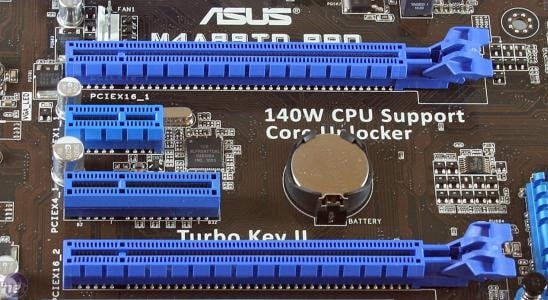
As a regular user, should we choose a high-end PCI-E SSD or a SATA SSD? What is the difference between the two? So in this article, I will detail the PCI-E channel.
The advantages and disadvantages of SSD and PCI-E channel SSDs make it easy for everyone to purchase SSDs when they choose to install them.
Why use a PCI-E channel?
So why does the SSD have to abandon the SATA 3.0 interface and use the PCI-E interface? Let’s first understand the working principle of the two interface hard disks: In the traditional SATA hard disk, when we perform data operations, the data will be read from the hard disk first. Take the memory, then extract the data to the CPU for calculation, write it to the memory, store it to the hard disk; PCI-E is different, the data is directly connected to the CPU directly through the bus, close to the maximum transmission speed, the maximum The amount of data, eliminating the need for memory to call the hard disk.
To put it simply, we can understand the two channels as two identical cars. The PCI-E channel car is like driving at high speed, while the SATA channel car is like driving on the rugged mountain road. Which speed do you say? fast?
But there may be doubts, why is my SSD interface M.2, but the speed is not fast? M.2 was originally called NGFF, and the full name is Next Generation Form Factor. This interface is very special and supports both SATA and PCI-E channels, which is easy to misunderstand. In fact, not all M.2 SSDs read and write speeds are very fast if it is a SATA channel M.2 interface SSD, the read and write speed will not exceed 550MB / s.
It should also be noted that some of the M.2 interfaces of the motherboard manufacturer have selected the CPU’s native PCI-E channel, and some have been extended by the PCH South Bridge, which may affect the speed of the solid state drive.
AHCI and NVMe protocol
After talking about the interface, let’s talk about the two SSD protocols. Just as the IDE always has to come to an end, AHCI seems to have a bottleneck. The SATA interface and AHCI standard currently used are designed for high-latency mechanical hard disks. Currently, mainstream SSDs continue to use them. Early SSDs may not feel any problem when performance is not high, but with the performance of SSDs. Increasingly, these standards have become a major bottleneck for SSDs. The AHCI standard designed for mechanical hard drives is not well suited for low latency SSDs.
One of the big advantages of NVMe is low latency. This is mainly due to the streamlined memory stack, NVMe can issue commands without reading registers. Each command of the AHCI needs to read 4 non-cacheable registers, resulting in an additional delay of approximately 2.5μs. The advantage of low latency and good parallelism is that the SSD’s random performance can be greatly improved, and it can perform at any queue depth.